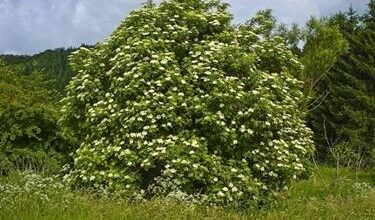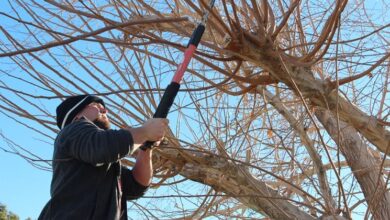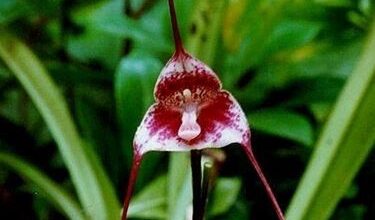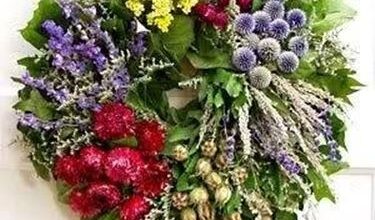Wisteria
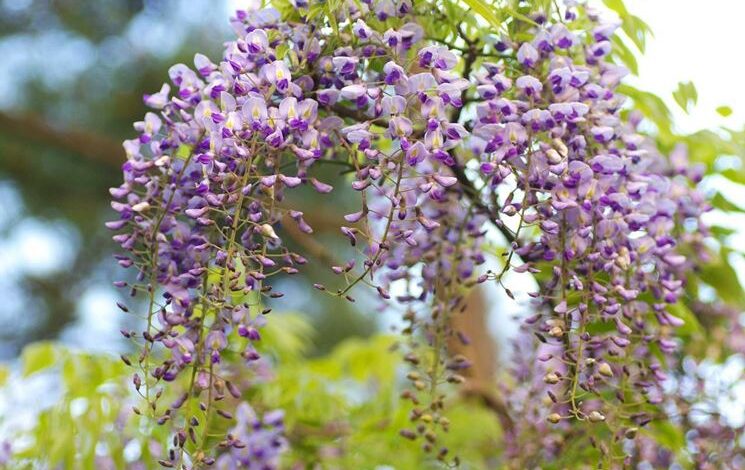
Irrigate Wisteria
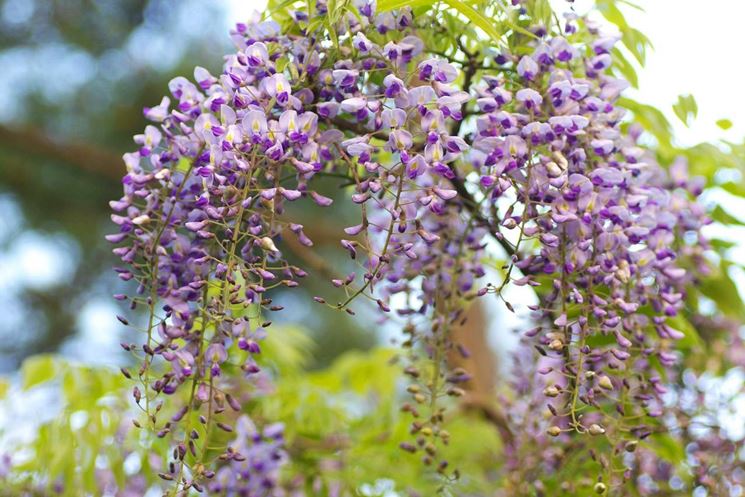
Treating Wisteria
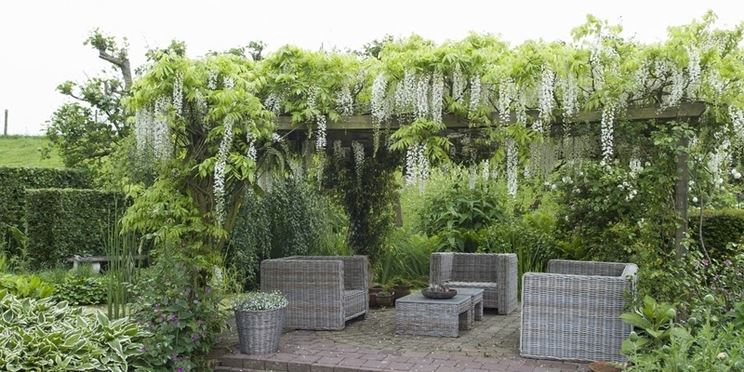
Wisteria needs care and attention in the first years of life, trying to follow some small precautions that allow the plant to have a correct growth and a long life. When planting the plant, it would be better to dig a very abundant hole and mix manure and fertilizer with the soil, making sure to thoroughly wet the root ball of the plant. Calcareous soils are to be carefully avoided, to which the Wisteria does not adapt, and the chosen place should be the definitive one, because the plant does not like to be moved and takes a long time to recover from a transfer, it prefers the sun, but not that excessive, and in any case it is so adaptable that it can grow even in the shade, even if flowering is compromised. It is necessary to prune the Wisteria at least twice a year, once between July and August, to give the plant a neat appearance and the second after the leaves have fallen, leaving the one-year-old branches and also the buds. If you live in a cold place, you can also wait for the end of winter.
How to fertilize wisteria
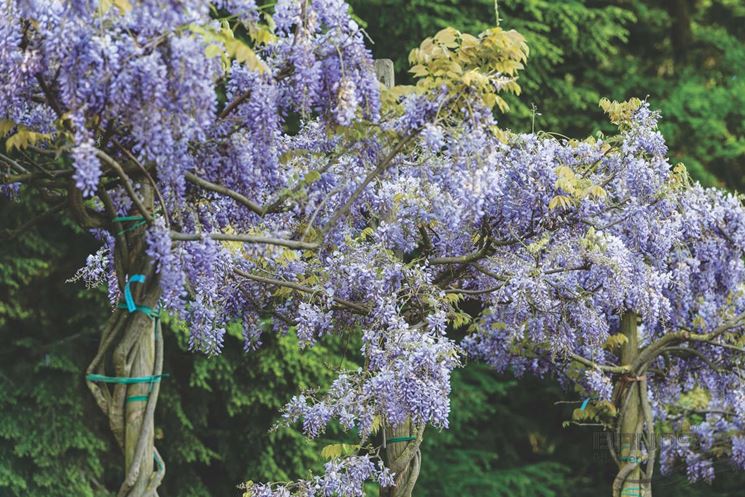
After having fertilized the Wisteria by planting it, as mentioned above, it is necessary to continue with the administration of fertilizer at least twice a year with types that contain nitrogen, potassium and phosphorus and are of a complex type. Fertilizers of this sort must be administered only in the first years of the plant’s life, at most in the first three, after which complex and nitrogen fertilizers must be replaced with those based on phosphorus, which is administered only once a year. In fact, nitrogen-based fertilizers have the secondary effect of encouraging the growth of leaves instead of flowers, and are therefore to be avoided. Although very rustic as a plant, Wisteria needs to be fertilized carefully, so the ideal fertilizers are those based on potassium sulphate, the classic tomato fertilizer.
How to have a perfect Wisteria
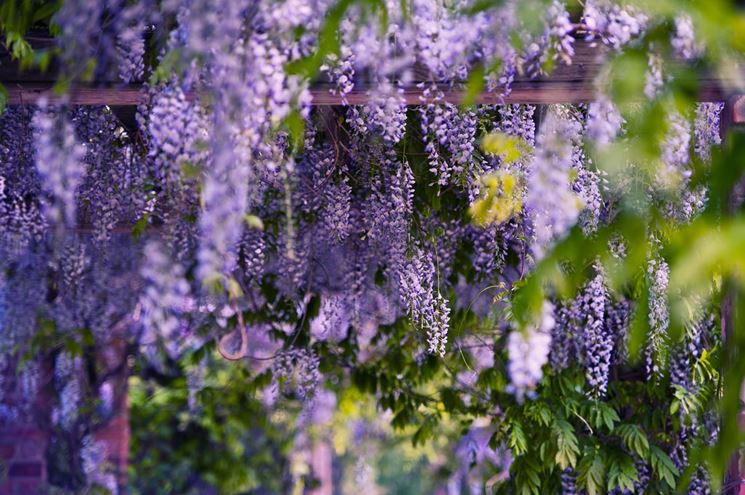
Like all plants, Wisteria also has its enemies and some forethought can avoid compromising its health. We have already mentioned leaf chlorosis and its resolution, but it is a phytopathy, that is a non-ideal situation that causes stunted growth in the plant or damage to its systems, in this case the leaves that turn yellow and the flowers that are rare or null. Other possible problems can come from the red spider and the black louse; the first affects the leaves in the hot season and is caused by both parasites and eggs, it is resolved with an acaricidal treatment, but often the arrival of the cooler season resolves it autonomously. The second attacks buds and shoots in spring preferring young plants, but also in this case the change of season solves the problem, perhaps assisted by an aficid treatment. Serious diseases are those caused by Agrobacterium tumefacens and wood decay, both of which lead to death. For Agrobacterium there are no remedies, the plant is destined to die, while wood decay, being a fungal infection, can be treated by removing all the dead wood.

